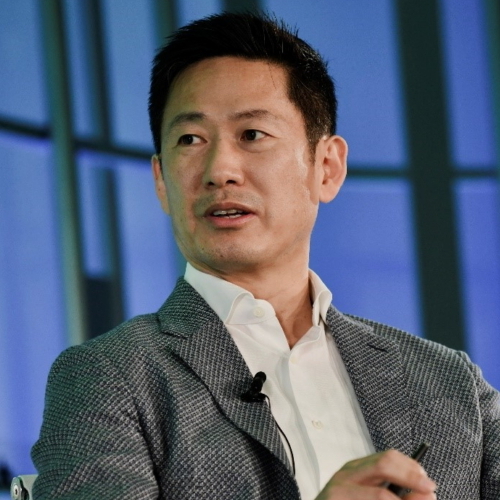[Editorial] Designing A Sustainable Future
on June 4, 2020
We have seen the world change substantially this year, and now more than ever, people are looking for ways to achieve a global future that is, at its heart, sustainable.
Sustainability has always been a central theme for us designers; we understand the crucial role design plays when it comes to creating a sustainable future. So at a time when caring for our environment has become ever more important, let us take the opportunity to commemorate World Environment Day by sharing our vision for a better tomorrow through design.

Don-tae Lee, Executive Vice President and Head of the Corporate Design Center at Samsung Electronics
It will certainly take time to fully achieve environmental sustainability in a way that everyone can benefit from. For many, environmental issues may have been difficult to relate to until they’ve started to experience tangible changes in their daily lives, such as using air purifiers due to fine dust problems or wearing masks to prevent the spread of viral diseases. From a design perspective, even if initiatives such as waste minimization, upcycling and energy efficiency maximization are put into place, there is still always more to be done. On top of this, designers always need to consider the aesthetics of their design in addition to its environmental footprint.
There are three main principles behind the concept of sustainable design. The first is the Eco-design Process. This is where eco-friendly initiatives, such as low energy consumption and high energy efficiency, are implemented throughout the entirety of a concept’s design process, from planning through to development. An example of this would be the upcycling approach Samsung harnessed when producing special edition Galaxy S20+ cases. In order to develop cases that utilized end-of-life PET water bottles, Samsung partnered with premium Danish textile brand Kvadrat. The collaboration saw over two years of sustainable development and planning to ensure that the end products would be both aesthetically relevant and eco-friendly. The resulting manufacture process differed from that of conventional cases in that it harnessed recycled yarns to create a substantial material to work with; from sourcing these recycled materials to ensuring the products passed Samsung’s stringent reliability standards, the entire design process had sustainability built into it.

Samsung’s sustainable Galaxy S20+ cases, created in collaboration with Kvadrat
The second key principle of sustainable design is to create resonance with those who use the products by involving consumers’ considerations in the eco-design process. Samsung’s recently introduced ‘eco-packaging’ for its global lifestyle TV products is one such example. The innovative cardboard packaging, which serves both as protection for the TV product and can also be used in numerous ways as a piece of sustainable furniture, was developed out of the understanding that, when consumers purchased TVs, they were also often purchasing other furniture items for their homes at the same time. In order to give these consumers more eco-friendly furnishing options, the TV’s packaging comes with easy-to-follow DIY instructions on how to transform the versatile cardboard into a standalone shelf, a TV table or even a cat house. The end goal of this was to give consumers more options when looking to take part in environmental protection – and to help them avoid being wasteful.

Samsung’s lifestyle TV packaging can be repurposed to serve as a cat house
The final principle is to give consumers the tools they need to make real changes to their lifestyles towards living sustainably and protecting the environment. Samsung’s SmartThings Energy1, part of Samsung’s IoT platform SmartThings, is a service that allows users to easily and comprehensively monitor their home’s electricity consumption. The service is designed to provide users with a more grounded understanding of their energy consumption and the effects their energy reduction efforts can have, as it provides this information in the form of visualizations. Such a service is capable of raising its users’ awareness of sustainable living and encouraging them to take steps towards more eco-friendly behavior.
In 1996, Samsung elevated design to being one of the company’s core competencies, and since then the company has consistently placed users at the center of its design philosophy. This is in line with Samsung’s mission of contributing to a better global society; if a sustainable society is not the end goal, then what use does any such action have? This is why the company opened design studios all over the world, including in Seoul, San Francisco, London, New Delhi, Beijing, Tokyo and São Paulo to research and study emerging sustainable design and lifestyle trends. Today, over 1,500 of our designers are studying sustainable development and design and collaborating to find solutions that are able to meet the company’s high sustainability expectations.
Samsung Electronics will continue to develop products and solutions that reflect the concerns of consumers who value ethical consumption and environmentally-friendly initiatives. We will also keep working towards creating a sustainable future for all with eco-friendly designs that have the consumer at their core.
1 Currently only available in South Korea
